Ramnavmi, a vibrant and spiritually enriching festival, is celebrated by millions of Hindus across the globe. It marks the birth of Lord Rama, a revered deity in Hindu mythology, known for his valor, righteousness, and devotion. Observed on the ninth day of Chaitra month in the Hindu lunar calendar, Ramnavmi is not just a day of joy and festivity, but also a reminder of the virtues and ideals that Lord Rama embodied.
The Significance of Ramnavmi
Ramnavmi holds immense religious importance as it signifies the victory of good over evil. Lord Rama’s life, as depicted in the epic Ramayana, is a testament to dharma (duty) and righteousness. Celebrating Ramnavmi allows devotees to reflect on these virtues and incorporate them into their lives. It’s a day to honor the birth of a leader who is the epitome of truth and morality.
Symbolism of Lord Rama’s Birth
Lord Rama’s birth symbolizes the advent of hope and the triumph of righteousness. His arrival is seen as a divine intervention to eradicate the forces of evil represented by the demon king Ravana. The birth of Lord Rama is celebrated as a divine event that heralds the establishment of dharma, providing a moral compass for devotees to follow.
The Role of Ramnavmi in Hindu Culture
In Hindu culture, festivals serve as important reminders of spiritual values and lessons. Ramnavmi, in particular, emphasizes the significance of living a life guided by principles. It is a time for devotees to introspect and align their lives with the virtues of truth, sacrifice, and service that Lord Rama exemplified. This cultural practice fosters a sense of community and shared values among Hindus worldwide.
Lessons from the Ramayana
The Ramayana, an epic narrative, is not just a story but a guide to living a life of integrity and honor. Through the celebration of Ramnavmi, devotees revisit these stories, drawing inspiration from the trials and triumphs of Lord Rama. The lessons of loyalty, bravery, and compassion found in the Ramayana continue to resonate, urging individuals to strive for personal and societal betterment.
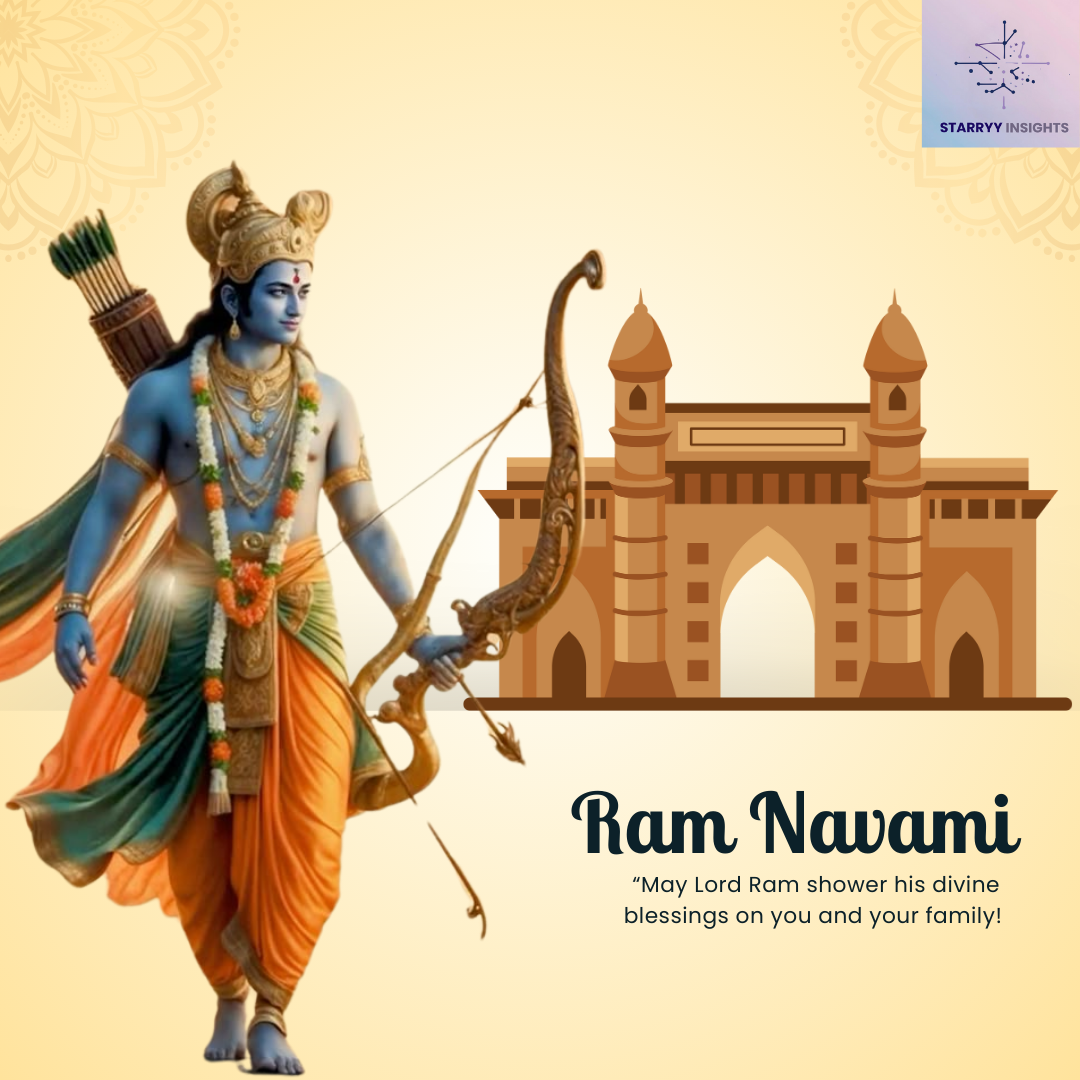
How is Ramnavmi Celebrated?
Ramnavmi is celebrated with great enthusiasm and devotion. The rituals may vary across regions, but the underlying spirit of devotion and reverence remains consistent.
Fasting and Prayers
Devotees observe a fast on Ramnavmi, abstaining from food and sometimes even water, to purify their bodies and minds. Special prayers and hymns dedicated to Lord Rama are chanted in temples and homes. The recitation of the Ramayana, especially the chapters related to Lord Rama’s birth, is a key component of the celebrations.
Types of Fasting
Fasting during Ramnavmi can vary in strictness. Some devotees opt for a nirjala fast, where they abstain from both food and water, while others may consume only fruits and milk. This act of fasting is believed to cleanse the body and spirit, creating a deeper connection with the divine.
Significance of Prayers
Prayers during Ramnavmi are seen as a way to seek blessings and guidance from Lord Rama. The chanting of mantras and hymns is considered to invoke positive energies and fortify the mind against negativity. These prayers serve as a medium for devotees to express gratitude and devotion, reinforcing their spiritual resolve.
The Role of the Ramayana Recitation
Reciting the Ramayana during Ramnavmi is a cherished tradition. It allows devotees to relive the journey of Lord Rama, drawing lessons from his life. This recitation is often accompanied by musical renditions, enhancing the spiritual experience and making the narrative more engaging for listeners.
Processions and Cultural Events
In many parts of India, grand processions are organized where devotees carry idols of Lord Rama, his wife Sita, brother Lakshmana, and devotee Hanuman through the streets. These processions are often accompanied by singing, dancing, and enactments of scenes from the Ramayana, bringing the epic to life.
The Significance of Processions
Processions are a public demonstration of faith and devotion. They allow communities to come together, celebrating their shared beliefs and cultural heritage. The sight of beautifully decorated idols and the collective energy of the crowd create an atmosphere of joy and reverence.
Cultural Performances and Their Impact
Cultural performances during Ramnavmi, such as dance and drama, bring the stories of the Ramayana to life. These enactments are not only entertaining but also educational, as they depict moral and ethical dilemmas faced by Lord Rama. Audiences, especially the younger generation, gain a deeper understanding of these timeless narratives.
Community Participation
Community involvement is a hallmark of Ramnavmi celebrations. From organizing events to participating in processions, the festival fosters a spirit of cooperation and unity. This collective participation strengthens social bonds and reinforces the importance of community in spiritual practice.
Decorating Temples and Homes
Temples and homes are adorned with flowers and lights to mark the festive occasion. Special pujas (worship rituals) are conducted, and devotees offer fruits, sweets, and flowers to deities. The vibrant decorations symbolize joy and the welcoming of divine blessings into homes.
The Art of Decoration
The decoration of temples and homes is an expression of devotion and joy. Flowers, particularly marigolds and lotuses, are used extensively for their auspicious symbolism. Lights and lamps are lit to dispel darkness, both literally and metaphorically, signifying the victory of good over evil.
Significance of Offerings
Offerings made during Ramnavmi are symbolic of devotion and gratitude. Fruits, sweets, and flowers are presented to the deities as a mark of respect and reverence. These offerings are believed to bring blessings and prosperity to devotees, reinforcing the bond between the divine and the devotee.
The Role of Pujas
Pujas performed during Ramnavmi are elaborate and steeped in tradition. They involve rituals that are believed to purify the surroundings and the hearts of devotees. Through these rituals, individuals seek to connect with the divine, drawing strength and inspiration from Lord Rama’s virtues.
Community Feasting
In many communities, after the fasting rituals, a communal feast is organized. This feast, known as Prasad, is shared among family, friends, and neighbors, fostering a sense of community and unity. Special dishes like Panakam (a sweet drink) and Kosambari (a type of salad) are prepared and offered as part of the Prasad.
The Tradition of Prasad
Prasad is more than just a meal; it is a sacred offering that embodies the blessings of the divine. Sharing Prasad is an act of humility and generosity, symbolizing the removal of ego and the embrace of community spirit. It serves as a reminder of the interconnectedness of all beings.
Culinary Delights of Ramnavmi
The culinary aspect of Ramnavmi is rich and varied, with regional delicacies taking center stage. Dishes like Panakam and Kosambari are prepared with care, using traditional recipes passed down through generations. These dishes are not only delicious but also hold cultural significance, representing the diversity of Indian cuisine.
Unity Through Feasting
Community feasting during Ramnavmi is an opportunity for individuals to come together in celebration. It breaks down social barriers and fosters an environment of equality and camaraderie. This act of sharing food reinforces the festival’s message of unity and collective joy.
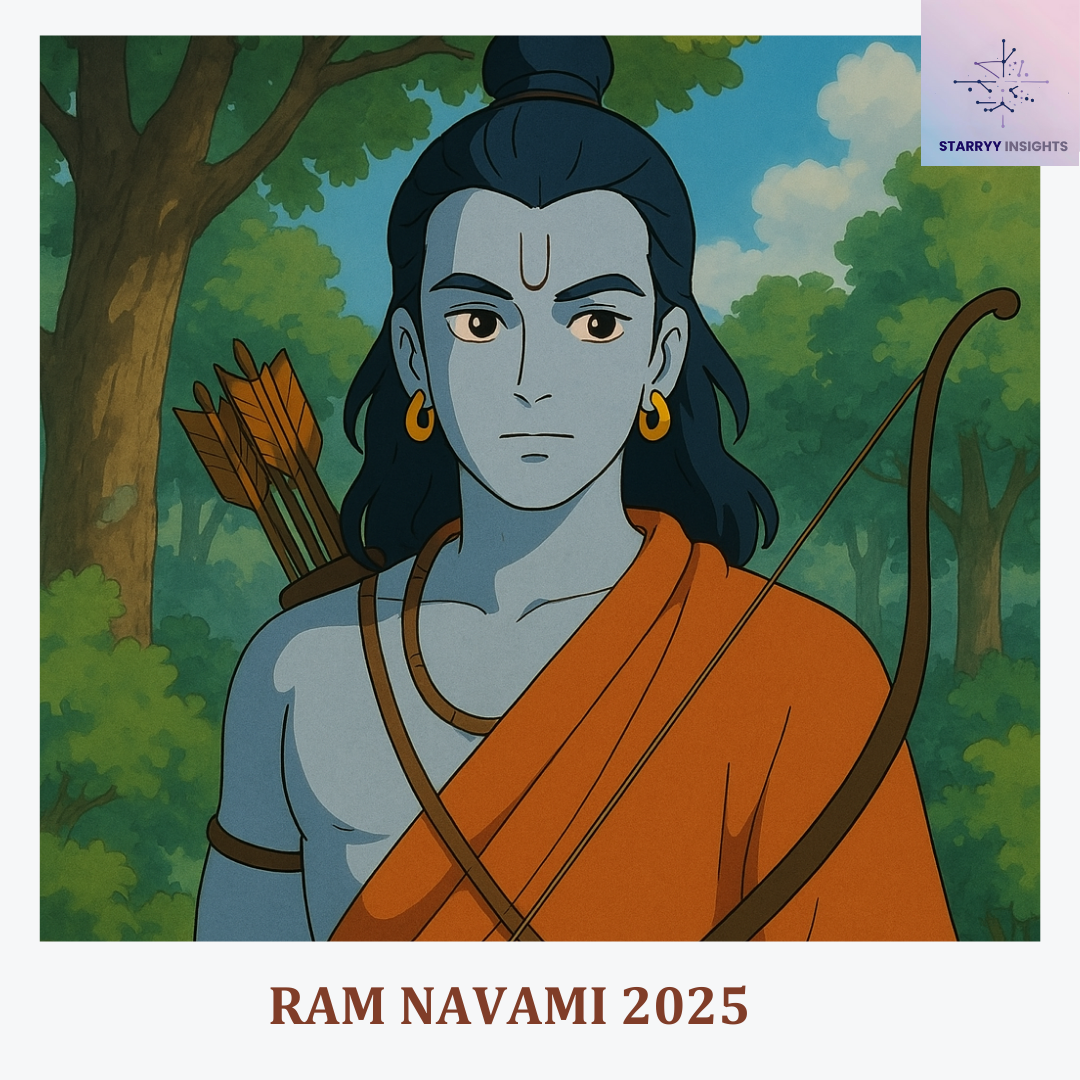
Ramnavmi Across Different Regions
While the essence of Ramnavmi remains the same, different regions in India have unique ways of celebrating this festival, reflecting their cultural diversity.
Northern India
In Northern India, particularly in Ayodhya, where Lord Rama was born, the celebrations are grand. Thousands of devotees gather to take a dip in the sacred Sarayu River and visit the Ram Janmabhoomi temple. The city comes alive with fairs, music, and drama performances depicting the life of Lord Rama.
Ayodhya’s Unique Celebrations
Ayodhya, the birthplace of Lord Rama, holds a special place in Ramnavmi celebrations. The city’s festivities are marked by large gatherings of devotees who participate in rituals and cultural events. The atmosphere is electric, with the city’s streets and temples adorned in vibrant colors.
The Sarayu River Ritual
The sacred Sarayu River plays a crucial role in Ayodhya’s Ramnavmi celebrations. Devotees believe that bathing in the river on this auspicious day purifies the soul and brings divine blessings. The riverbank becomes a hub of activity, with families gathering to perform rituals and offer prayers.
Cultural Festivities
Ayodhya’s Ramnavmi celebrations are enriched with cultural performances that highlight the epic tales of the Ramayana. Music, dance, and drama bring the stories of Lord Rama to life, engaging audiences and instilling a sense of pride in their cultural heritage.
Southern India
In Southern India, Ramnavmi is celebrated as a part of the nine-day festival of Navratri. Temples dedicated to Lord Rama are beautifully decorated, and special prayers and recitations of the Ramayana are conducted. The focus here is on devotion and spiritual reflection.
Integration with Navratri
In Southern India, Ramnavmi is seamlessly integrated into the broader Navratri celebrations. This nine-day festival is dedicated to worshiping different forms of the goddess, culminating in Ramnavmi. The dual celebration emphasizes the balance of masculine and feminine divine energies.
Temple Decorations and Rituals
Temples in Southern India are known for their intricate decorations during Ramnavmi. Floral arrangements, intricate rangoli designs, and vibrant lighting create a divine ambiance. Special rituals and offerings are made to honor Lord Rama and seek his blessings for spiritual growth.
Spiritual Reflection
For many in Southern India, Ramnavmi is a time for deep spiritual reflection. Devotees engage in meditation, reading of the Ramayana, and discussions on Lord Rama’s teachings. This introspective approach allows individuals to connect with their inner selves and the divine.
Western India
In Maharashtra and Gujarat, Ramnavmi is marked by the singing of bhajans (devotional songs) and the organization of kirtans (spiritual discourses). Temples host cultural programs and processions, and devotees engage in community service as a part of the celebrations.
The Power of Bhajans and Kirtans
Bhajans and kirtans are central to Ramnavmi celebrations in Western India. These devotional songs and discourses are powerful tools for spiritual connection and communal bonding. The music and lyrics resonate with devotees, creating an atmosphere of devotion and joy.
Temple Programs and Processions
Temples in Maharashtra and Gujarat become hubs of activity during Ramnavmi. Cultural programs, including dance and drama, are organized to depict the life of Lord Rama. Processions through the streets allow devotees to publicly express their faith and reverence.
Community Service Initiatives
Community service is an integral part of Ramnavmi in Western India. Devotees participate in charitable activities, such as feeding the poor and organizing health camps. These acts of service reflect the festival’s message of compassion and selflessness.
Eastern India
In Eastern India, particularly in West Bengal and Odisha, Ramnavmi is celebrated with fasting and worship. Devotees visit temples to offer prayers and engage in reading the Ramayana. Cultural performances and music add to the festive atmosphere.
Fasting and Worship Practices
Fasting during Ramnavmi in Eastern India is observed with strict adherence to tradition. Devotees abstain from certain foods and dedicate their day to worship and prayer. This discipline is seen as a way to purify the soul and draw closer to Lord Rama.
Temple Visits and Offerings
Visiting temples is an essential part of Ramnavmi in Eastern India. Devotees offer flowers, fruits, and sweets to the deities, seeking blessings for prosperity and well-being. The temple environment is filled with the sounds of bells and chants, creating a serene and uplifting atmosphere.
Cultural Enrichment
Cultural performances during Ramnavmi in Eastern India showcase the region’s rich artistic heritage. Music, dance, and theater bring the stories of Lord Rama to life, engaging audiences of all ages. These performances celebrate the cultural diversity and creativity of the region.
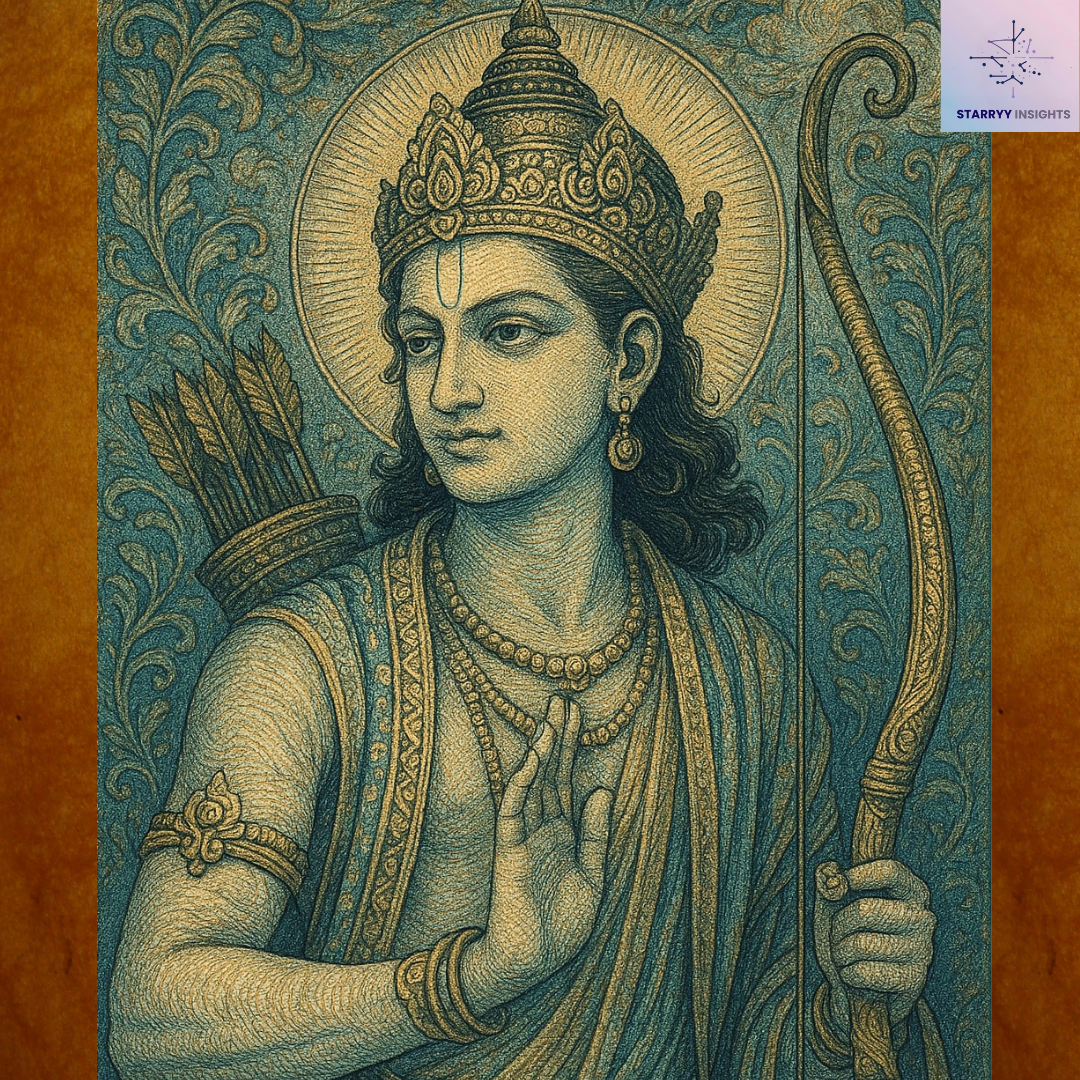
Ramnavmi in 2025
Looking ahead, Ramnavmi in 2025 will be celebrated with the same fervor and devotion. As the world becomes more connected, the celebration of Ramnavmi is expected to extend beyond traditional boundaries, embracing digital platforms for global participation. Virtual pujas and online streaming of cultural events could become more prevalent, allowing devotees worldwide to partake in the festivities.
The Evolution of Celebrations
As technology advances, the way we celebrate festivals like Ramnavmi is evolving. Digital platforms offer new opportunities for participation, allowing devotees from different parts of the world to join in the celebrations. This evolution reflects the adaptability of cultural traditions in a modern context.
Virtual Puja and Global Participation
Virtual pujas are becoming an integral part of festival celebrations. They offer a way for devotees who cannot physically visit temples to participate in rituals and seek blessings. This global participation fosters a sense of unity and connectedness among the Hindu diaspora, transcending geographical boundaries.
The Role of Social Media
Social media plays a significant role in spreading awareness and engagement during Ramnavmi. Platforms like Facebook, Instagram, and YouTube allow devotees to share their experiences, photos, and videos, creating a vibrant online community. This digital engagement enhances the collective joy and spirit of the festival.
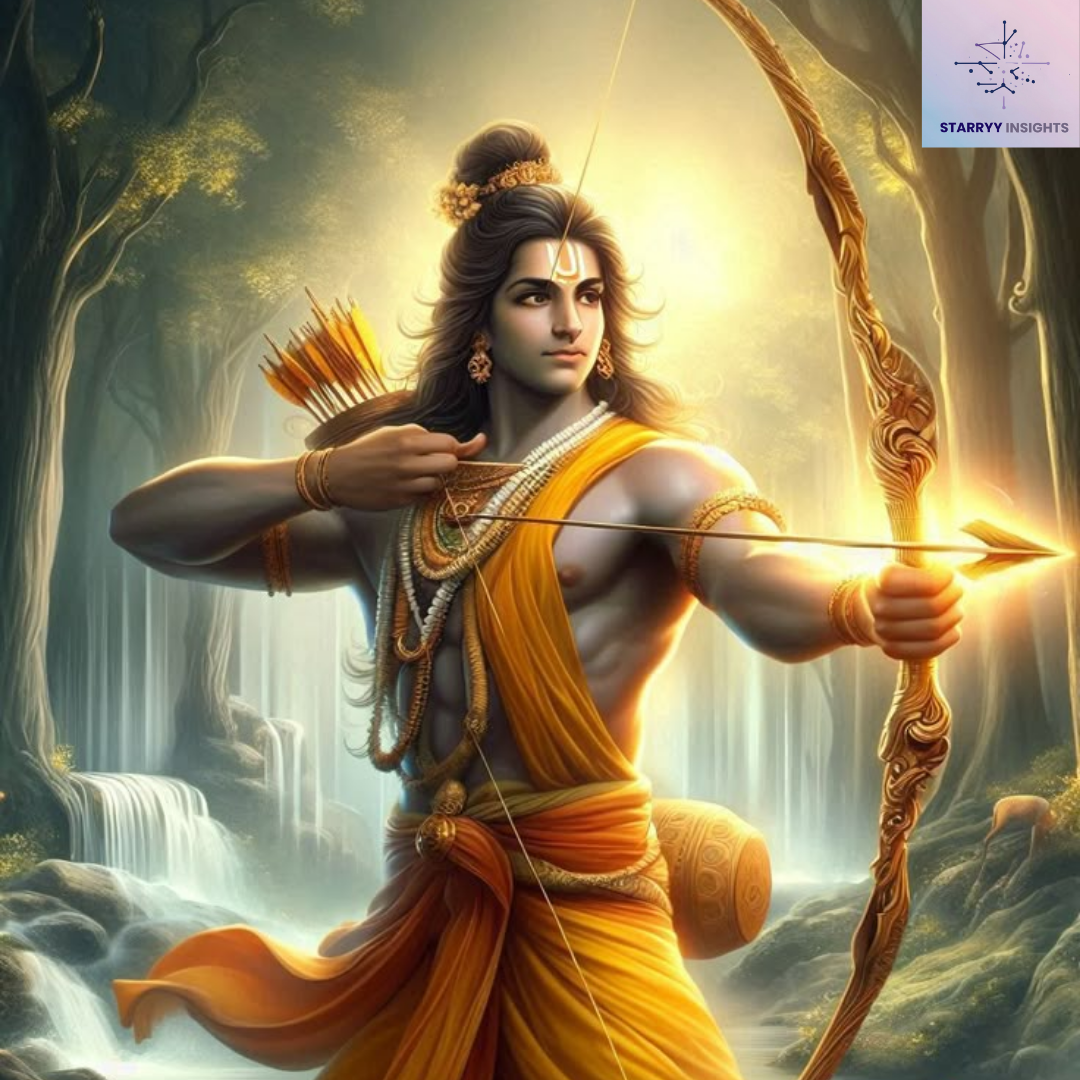
Conclusion
Ramnavmi is not just a festival; it is a celebration of life, virtue, and spirituality. It offers an opportunity for reflection, devotion, and the reaffirmation of values that Lord Rama stood for. Whether through fasting, prayers, processions, or feasting, the essence of Ramnavmi lies in the collective joy and reverence shared by devotees.
As we look forward to Ramnavmi 2025, let us embrace the teachings of Lord Rama and strive to embody the principles of truth, duty, and compassion in our lives. May the spirit of Ramnavmi inspire us to overcome challenges and lead lives filled with purpose and righteousness.
Embracing Lord Rama’s Teachings
The teachings of Lord Rama are timeless, providing guidance for living a life of integrity and honor. By embracing these teachings, we can navigate the challenges of modern life with wisdom and grace. Ramnavmi serves as a reminder of the power of righteousness and the importance of staying true to our values.
The Collective Joy of Ramnavmi
The collective joy experienced during Ramnavmi celebrations is a testament to the power of community and shared beliefs. This joy is contagious, spreading positivity and goodwill among devotees. By participating in these celebrations, we contribute to a legacy of cultural richness and spiritual fulfillment.
A Vision for the Future
As we move forward, let us envision a future where the spirit of Ramnavmi continues to inspire and uplift. By fostering a culture of compassion and understanding, we can create a world that reflects the ideals of Lord Rama. Together, let us work towards a future filled with hope, harmony, and divine blessings.
Frequently Asked Questions(FAQs)
What is Ramnavmi 2025?
Ramnavmi 2025 marks the celebration of the birth of Lord Rama, a significant festival in Hindu culture. It will be observed with rituals and prayers across India.
When is Ramnavmi 2025?
Ramnavmi in 2025 will be celebrated on [insert specific date here], according to the Hindu lunar calendar.
How is Ramnavmi 2025 celebrated?
Ramnavmi 2025 will be celebrated with temple visits, fasting, prayers, and recitations of Lord Rama’s divine stories, along with processions and cultural events.
What are the key rituals for Ramnavmi 2025?
Devotees typically observe fasting, perform puja (worship), recite the Ramayana, and celebrate Lord Rama’s birth with bhajans and kirtans during Ramnavmi 2025.
Why is Ramnavmi 2025 important?
Ramnavmi is significant as it honors the birth of Lord Rama, a symbol of virtue, truth, and righteousness. It is a day for spiritual reflection and devotion.
Can I celebrate Ramnavmi 2025 at home?
Yes, you can celebrate Ramnavmi 2025 at home by performing a simple puja, offering prayers, and reading verses from the Ramayana.
What is the significance of Ramnavmi 2025?
Ramnavmi signifies the triumph of good over evil, as Lord Rama is revered for his role in defeating the demon king Ravana. It is a day to reflect on his virtues.
Is there any special significance of Ramnavmi 2025 in temples?
On Ramnavmi 2025, temples across India hold special prayers, rituals, and processions to honor Lord Rama’s birth. Many devotees gather for collective worship.
What are the best ways to observe Ramnavmi 2025?
Observing Ramnavmi 2025 includes fasting, chanting Lord Rama’s name, visiting temples, participating in community celebrations, and reflecting on the teachings of the Ramayana.
Is Ramnavmi 2025 a public holiday?
Ramnavmi 2025 may be a public holiday in certain regions of India, especially where Lord Rama’s worship is prominent. Check local listings for specific observances.


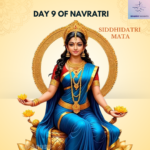

Pingback: Celebrate Hanuman Jayanti 2025 with devotion!